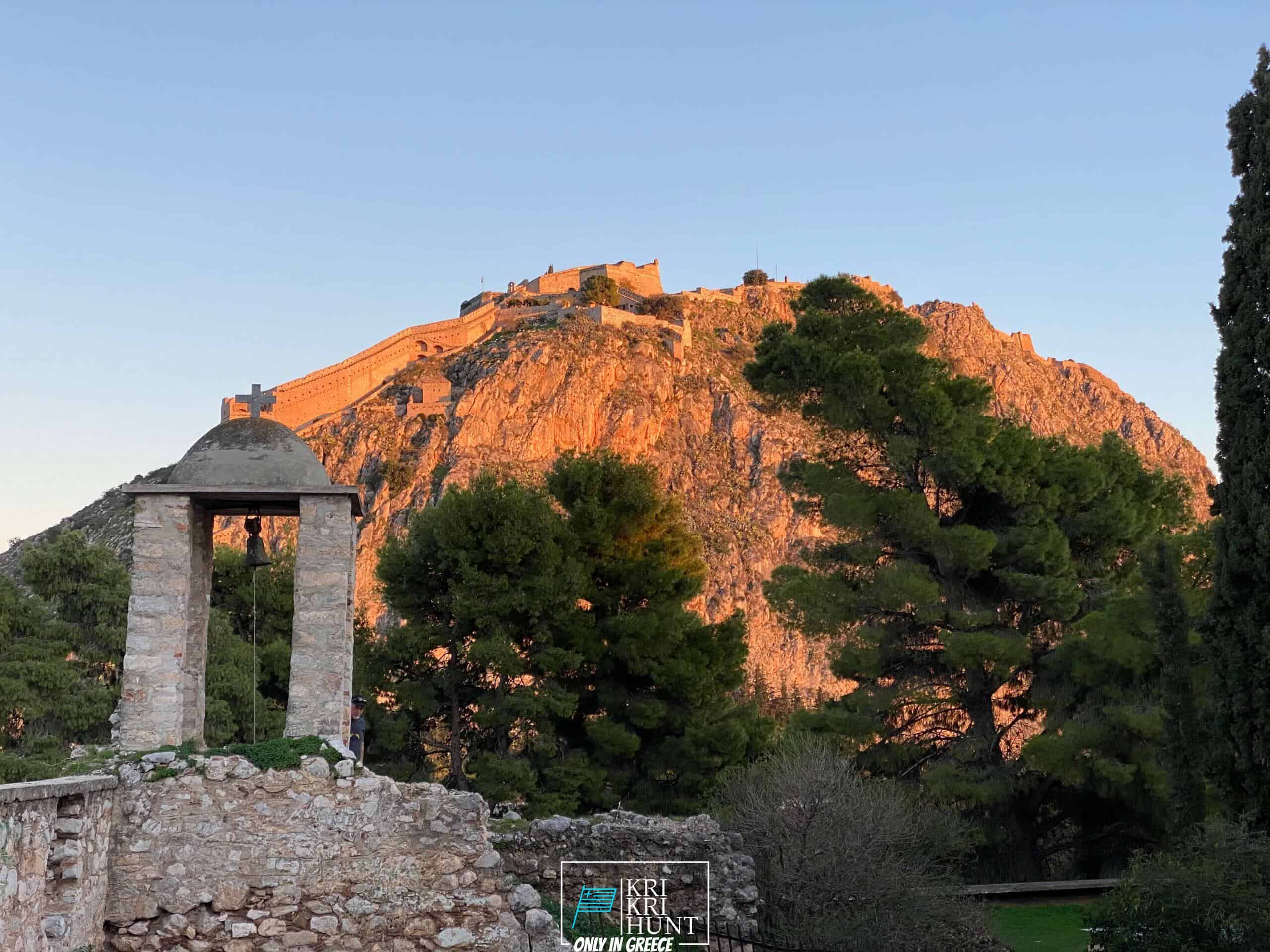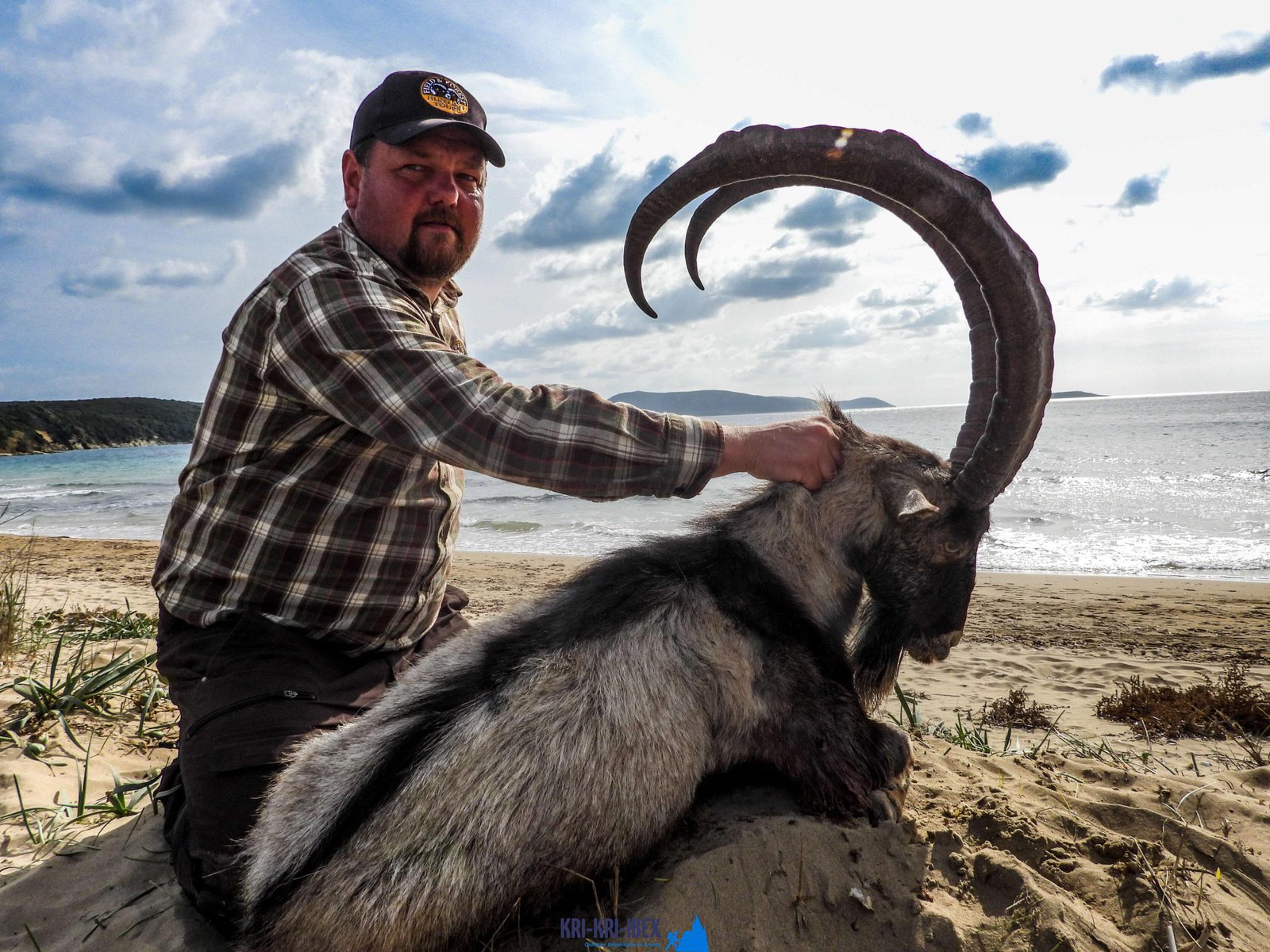Hunting Kri Kri ibex and also cost-free diving at the world's most renowned wreckages
Hunting Kri Kri ibex and also cost-free diving at the world's most renowned wreckages
Blog Article

Searching for Kri Kri ibex in Greece is an amazing hunting expedition and also great trip done in one. Ibex searching is normally a rough experience, yet not in this case! Dive to shipwrecks and spearfishing in old Greece, or enjoy ibex hunting in an unique locale are simply a few of things you may do during a week lengthy ibex searching trip in Greece. Can you think about anything else?

This Ibex is not a petite type of the Bezoar Ibex, which has actually moved to the western side of its array. The kri-kri (Capra aegagrus cretica), likewise called the Cretan goat, Agrimi, or Cretan Ibex, is a wild goat native to the Eastern Mediterranean. The kri-kri (Capra aegagrus cretica), a feral goat living in the East Mediterranean, was once believed to be a subspecies of wild goat. The kri-kri has a light brownish layer with a darker neck band. Their 2 sweeping horns climb from their head. The kri-kri is a timid and also cautious pet in the wild, relaxing throughout the day. They can leap fars away or climb up seemingly large cliffs.
When you show up in the Peloponnese peninsula is the amazingly stunning landscape, the initial thing you will see. The mountains, lakes, rivers, and also woodlands make this location a nature enthusiast's heaven. There are also a lot of possibilities for hiking, fishing, swimming, as well as other exterior tasks. Yet the Peloponnese peninsula is not nearly its natural charm; there are additionally various historical and also social websites to explore. Do not neglect additionally fishing, free-diving and also searching. Some of one of the most popular traveler locations in the Peloponnese include ancient Olympia, Epidaurus, Mycenae, and Sparta. These locations offer an interesting peek into Greece's rich history and also culture. If you have an interest in finding out more about Greek mythology, after that you will absolutely want to check out Mount Olympus, home of the 12 Olympian gods. Naturally, no journey to Greece would be total without attempting several of the delicious food. The Peloponnese peninsula is home to some of the best olive oil in the world along with feta cheese, olives, honey, and also red wine. Make sure to attempt a few of the neighborhood specializeds such as dolma (packed grape leaves), Souvlaki (grilled meat skewers), and also Gyro (meat wrapped in pita bread).
Experience 'Real' Greece with Our Peloponnese Tours. If you're searching for an authentic Greek experience, look no further than our Peloponnese scenic tours. From ancient ruins as well as castles to delicious food as well as a glass of wine, we'll show you whatever that this impressive region needs to supply. So what are you awaiting? Schedule your trip today! Your Kri Kri ibex hunting in Greece is here!
What is the diference between Kri Kri ibex, Bezoar ibex and hybrid ibex
The kri-kri is not thought to be indigenous to Crete, most likely having been imported to the island during the time of the Minoan civilization. Nevertheless, it is found nowhere else and is therefore endemic to Crete. It was common throughout the Aegean but the peaks of the 8,000 ft (2,400 m) White Mountains of Western Crete are their last strongholds–particularly a series of almost vertical 3,000 ft (900 m) cliffs called ‘the Untrodden’—at the head of the Samaria Gorge. This mountain range, which hosts another 14 endemic animal species, is protected as a UNESCO Biosphere Reserve. In total, their range extends to the White Mountains, the Samaria National Forest and the islets of Dia, Thodorou, and Agii Pandes.
This Ibex is NOT a diminutive form of the Bezoar Ibex, which has migrated into the western-most reach of the range of this species. The kri – kri (Capra aegagrus cretica), sometimes called the Cretan goat, Agrimi, or Cretan Ibex, is a feral goat inhabiting the Eastern Mediterranean, previously considered a subspecies of wild goat. The kri-kri has a light brownish coat with a darker band around its neck. It has two horns that sweep back from the head. In the wild they are shy and avoid tourists, resting during the day. The animal can leap some distance or climb seemingly sheer cliffs.
“The agrimi goat Capra aegagrus cretica is unique to Crete and its offshore islands. It has been identi®ed as a sub-species of the wild bezoar goat Capra aegagrus aegagrus Erxleben, 1777, which it closely resembles in horn shape, body form and coloration. This classi®cation has been disputed by some researchers who claim that the agrimi are feral goats, derived from early domestic stock brought to the island by the ®rst Neolithic settlers. In order to clarify this issue, DNA analyses (cytochrome b and D loop sequences) were carried out on tissue of live and skeletonized agrimi and compared to sequences of wild and domestic caprines. Results conclusively show the agrimi to be a feral animal, that clades with domestic goats (Capra hircus) rather than with wild Asiatic bezoar. This study demonstrates that morphometric criteria do not necessarily re¯ect genetic af®nities, and that the taxonomic classi®cation of agrimi should be revised.”
Report this page